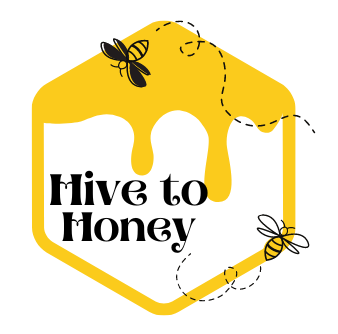Overview of different bee species
Overview of Different Bee Species: A Diverse World of Pollinators
Bees are incredible creatures that play a crucial role in pollination and the health of ecosystems worldwide. While honeybees are often the most well-known, there is a vast diversity of bee species that exhibit fascinating characteristics and contribute to the pollination of various plants. In this article, we will provide an overview of different bee species, highlighting their unique features, behaviors, and ecological significance.
Overview of different bee species:
Honeybees are social bees and belong to the genus Apis. They live in large colonies, with a single queen, thousands of female worker bees, and male drones. Honeybees are renowned for their honey production and are vital pollinators of numerous flowering plants, including crops such as fruits, nuts, and vegetables. They have complex communication systems and remarkable navigation abilities.
Bumblebees are large, robust bees with fuzzy bodies. They are known for their distinctive buzzing sound and are excellent pollinators of both wildflowers and crops. Bumblebees are social bees that form smaller colonies compared to honeybees. They are known for their ability to “buzz pollinate” by vibrating their flight muscles, which helps release pollen from certain plants.
Mason bees are solitary bees that nest in pre existing cavities such as hollow stems, woodpecker holes, or man-made bee houses. They are called “mason bees” because they use mud or chewed plant material to construct partitions between their brood cells. Mason bees are efficient pollinators and are known for their ability to visit a large number of flowers in a short period. They are gentle and rarely sting.
Leafcutter bees are solitary bees that use circular pieces of leaves to construct their nests. They create neat, round holes in leaves and line their nest chambers with leaf pieces. Leafcutter bees are proficient pollinators, particularly for plants that require vibration for effective pollination. They are non-aggressive and rarely sting unless directly handled or threatened.
Carpenter bees are solitary bees named for their ability to excavate tunnels in wood for nesting. They are often mistaken for bumblebees due to their similar size and appearance, but carpenter bees have a shiny abdomen rather than a fuzzy one. While they can cause structural damage to wooden structures, they are important pollinators, especially for certain flowers with deep corollas.
Mining bees are solitary bees that nest in the ground. They create tunnels or burrows in soil, often forming large aggregations in suitable habitats. Mining bees are excellent pollinators of various flowering plants and are particularly effective in early spring when few other pollinators are active. They are gentle and rarely sting unless provoked.
Sweat bees are a diverse group of bees found worldwide, known for their attraction to human sweat. They are small to medium-sized bees, often metallic in appearance. Sweat bees are generalist pollinators and play an essential role in the pollination of wildflowers and crops. They are typically solitary or eusocial, depending on the species.
The world of bees is incredibly diverse, with numerous species contributing to the pollination of plants and the health of ecosystems. From honeybees and bumblebees to solitary species like mason bees, leafcutter bees, carpenter bees, mining bees, and sweat bees, each species has its unique characteristics and ecological significance. Understanding the diversity of bee species allows us to appreciate the critical role they play in our environment and highlights the importance of conserving their habitats and supporting their populations for the benefit of both nature and humanity.
More From The Hive:

Unveiling Turkey’s Sweet Symphony: Exploring Honey Types and Varieties
Turkey, a land where ancient traditions meet breathtaking landscapes, has a rich history of honey production and a remarkable diversity of honey types. With its diverse climate zones, vast floral resources, and a strong culture of beekeeping, Turkey offers an ideal environment for bees to gather nectar and create a

Discovering Ethiopia’s Golden Treasures: A Journey Through Honey Types and Varieties
Ethiopia, a land known for its rich history, vibrant culture, and breathtaking landscapes, is also celebrated for its diverse and high-quality honey production. With its lush forests, fertile valleys, and vast floral resources, Ethiopia offers an ideal environment for bees to thrive and create a wide range of honey types.
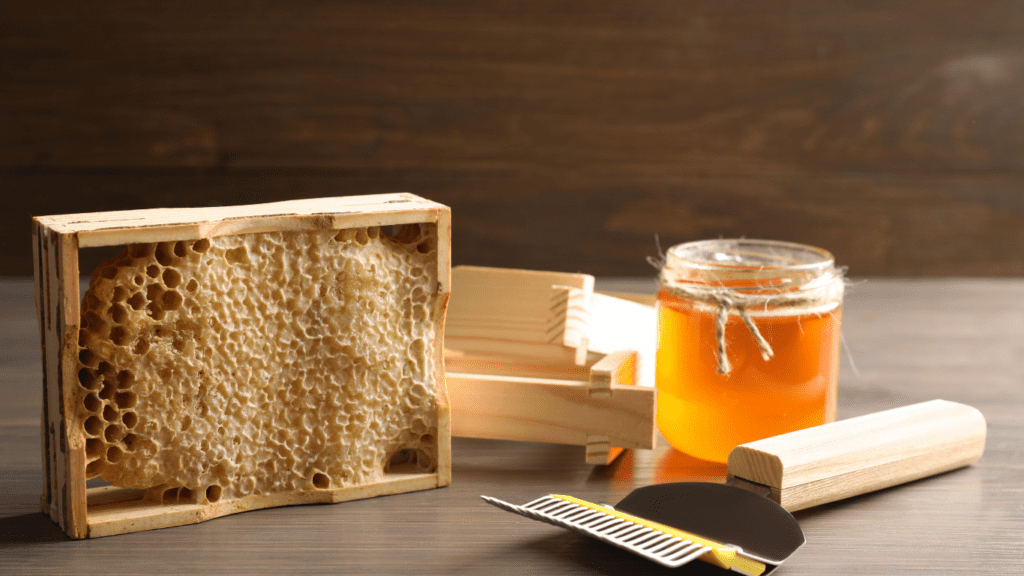
Getting Started with Beekeeping: Essential Equipment and Supplies
Starting your journey as a beekeeper is an exciting endeavor that allows you to connect with nature, support pollinators, and reap the rewards of honey production. To set yourself up for success, it’s crucial to have the right equipment and supplies. In this blog, we will guide you through the
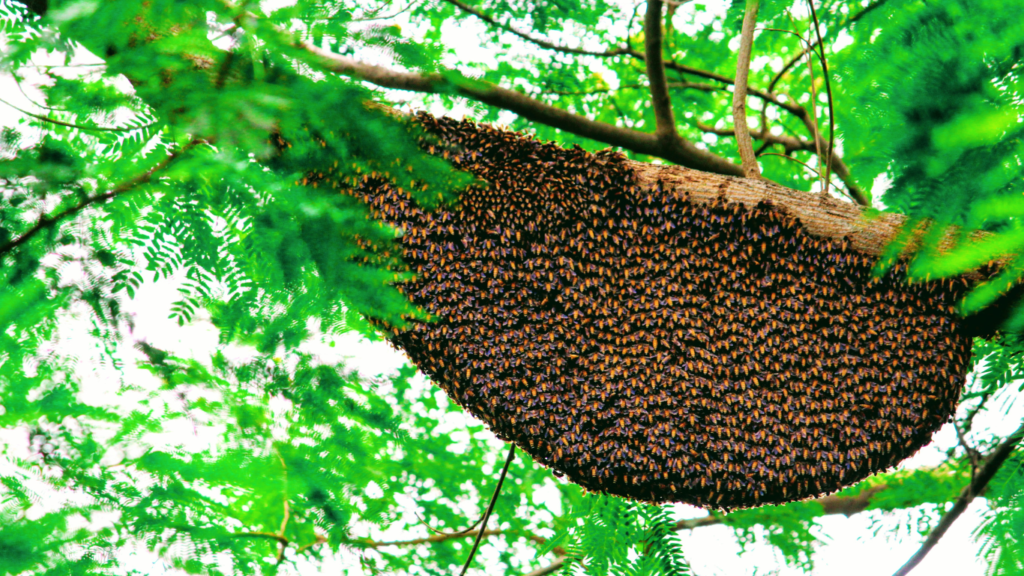
Choosing the Right Hive: Exploring Different Beehive Types
Selecting the right beehive is a crucial decision for beekeepers. The beehive serves as the home for your honeybee colony and plays a vital role in its success and productivity. With various hive types available, it’s important to understand their unique characteristics and suitability for your beekeeping goals. In this
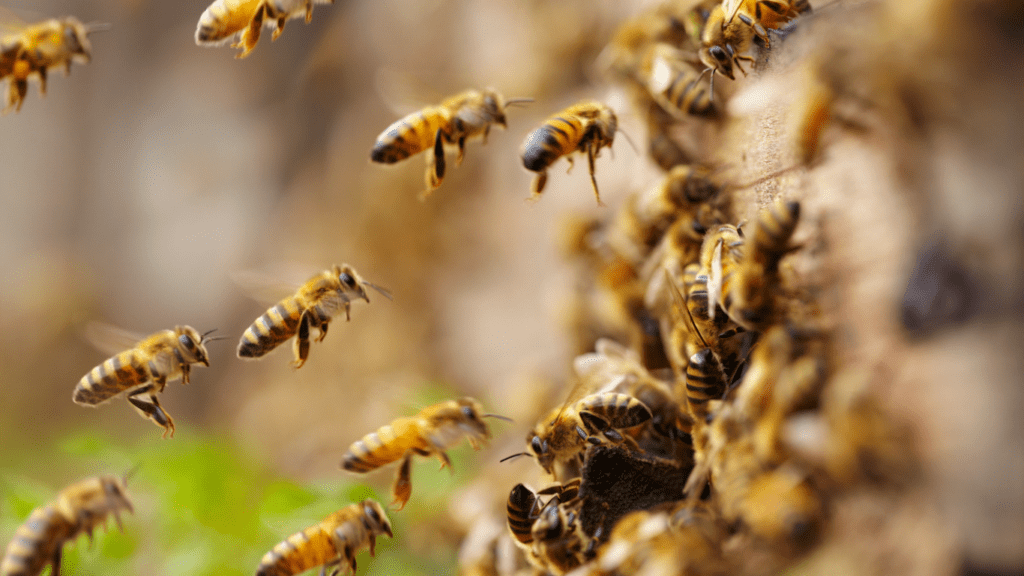
The ABCs of Bees: A Beginner’s Guide to Understanding Bee Basics
Bees are incredible creatures that have been buzzing around for millions of years, playing a vital role in our ecosystem. From pollinating flowers to producing delicious honey, bees are an integral part of our natural world. If you’re new to the world of bees and want to unravel the secrets
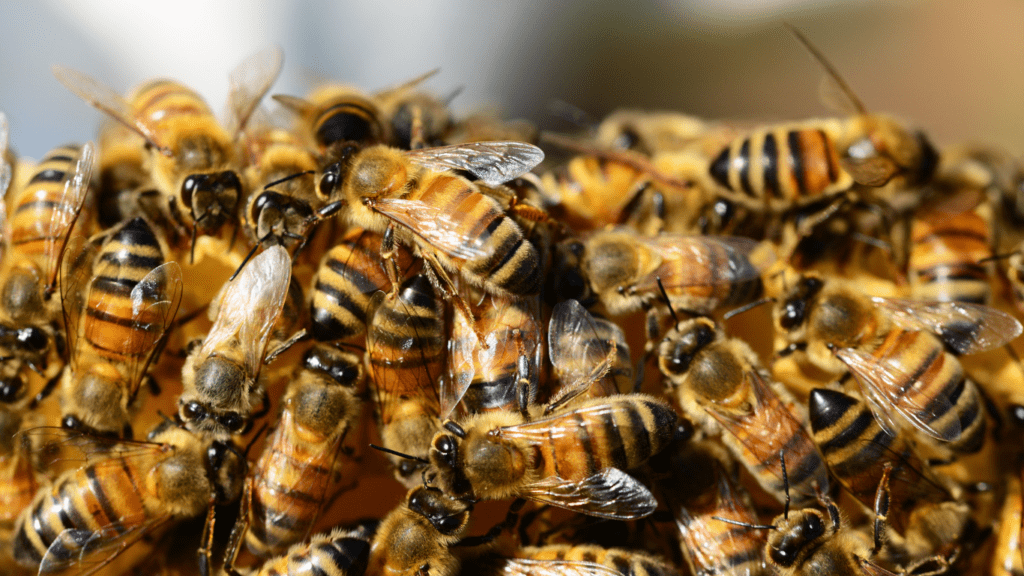
The Secret Life of Bees: Unraveling the Intricacies of Bee Behavior
Bees, with their intricate social structure and fascinating behaviors, lead a secret life that is both awe-inspiring and complex. As we delve into the hidden world of bees, we uncover a realm of communication, cooperation, and efficiency that is vital to their survival and our ecosystem. In this blog, we
